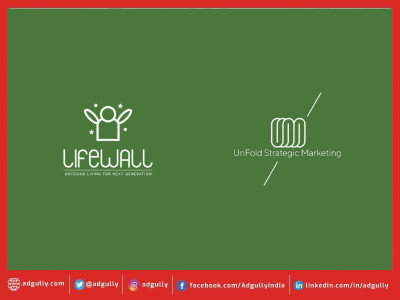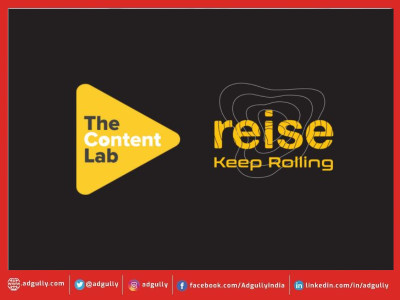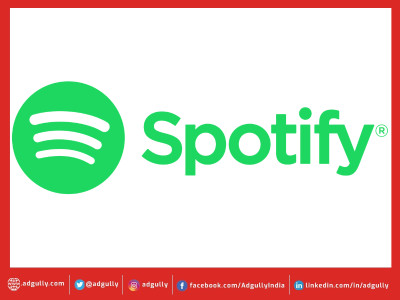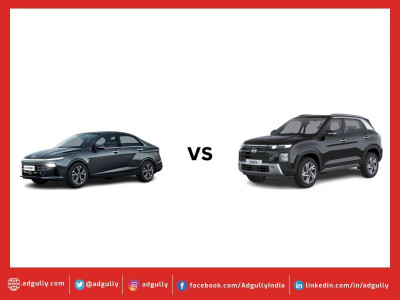Tier 2, 3, 4 towns’ contribution to immediate short term sales up 50-75%: Experts
As India prepares to come out of the lockdown mode and get the economy back on the road to recovery, there are several things that marketers need to keep in mind as to how consumer sentiments have changed over the last 2 months.
Adgully’s Webinar presented by Dainik Jagran turned the spotlight on ‘Post COVID-19 Marketing in Tier 2 & 3 Cities’. At the helm of the discussions was Basant Rathore, Senior VP – Strategy, Brand and Business Development, Jagran Prakashan, who essayed the role of moderator. Rathore was in conversation with two stalwarts of India’s media industry – Shashi Sinha, CEO, IPG Mediabrands India, and Vikram Sakhuja, Group CEO, Madison Media & OOH, Madison World.
Commencing the discussions, Basant Rathore while introducing the topic, remarked that in the current times, focus has turned towards the Tier 2 & 3 markets and how well are we going to pick up from there. He noted, “A large part of India’s economy will be led by the Tier 2 & 3 markets, especially in the Northern belt. The last 2 months have seen a lot of disruptions, consumers are not behaving as they behave in normal times, brand royalties have been set aside, local brands have come into the picture and are stealing a march against large national brands.”
At the same time, in the media landscape a huge upsurge in consumption of news has been seen. All newspapers have come together to fight the menace of fake news through Whatsapp forwards and on social media. “This has rallied people back to the newspapers, who are once again seen as anchors of trust, giving out factual and most authentic news on COVID-19,” Rathore said, adding the question was how does the market play out in the Tier 2 & 3 economies and how are newspapers placed to leverage these emerging opportunities.
He pointed out that local brands are gaining a strong foothold in these markets and lot of these brands have been sampled over the last 2 months. He then asked the panellists whether this was an opportunity for the local brands.
To this, Vikram Sakhuja replied, “Yes, it is. What is clear in the last 2 months is the importance of availability. If a brand is physically available and if it is also visible through advertising and if it is offering good value for the clients – these are very simple and basic elements which will decide that a brand gets adopted. There could be a lot of flux in the market when it comes to market share movement. If the large, popular, loyal brands are also there, they will maybe grow faster than the others. But if they are invisible and when the local brands come in, they can make a dent in the strong brand. A Kantar study states that if strong brands advertise at these times, they will actually emerge stronger.” Sakhuja here cited the example of Amul, a brand handled by Shashi Sinha’s agency, which has been very much visible across TV channels during these times.
When asked how he looked at large national marketers restarting in the post-lockdown era, Shashi Sinha remarked, “Brands cannot ignore the power of penetration. During these times we have seen that a multiple brands have come in and it depends on who plays the game of communication and value proposition well.”
Continuing the conversation on national brands, Sakhuja said, “Nobody has really got a long term plan as things are very uncertain right now. Marketers are currently focussing on making their products available and following the path of least resistance. So, wherever supplies are going, wherever stockists are functioning and wherever direct distribution has started, these are the places where the first green shoots are really going to really come up.”
Giving an idea of the growing clout of Tier 2 & 3 towns, Sakhuja informed, “The metros and boom towns make up around 13 per cent of the population in normal times and account for around 30-50 per cent of most category sales. But in the present situation, I feel that because most of the red zones are going to be in these metros, the Tier 2, 3 and 4 towns will actually move their contribution of immediate short term sales to 50-75 per cent, which is significant. On a smaller base now where there will be a higher recovery will be the Tier 2 & 3 towns, which is over the short term. But even in the medium to long term, I feel the Tier 2 & 3 towns will be very responsive.”
Sinha spoke about the resurgence led by the younger demographic, especially in North India, who he felt make a difference in terms of media choices and the purchase choices that they make and the basket of products that they are really buying into.
Summing up, Rathore affirmed that today, being available as well as being visible are important. Therefore, strong brands need to be visible so that they get back where they began from.
Adding further, he said, “In the short term we see a lot of Tier 2 & 3 markets kicking off the economy and helping India recover, and these markets have been very responsive as well to the extent of almost 55-75 per cent of the sales contribution. Of course, these numbers will come down as the market picks up.”
Small brands should now exploit the opportunity, particularly where there are a basket of 4-5 brands that are being bought, even though single brand loyalties will be high.
“People are hungry for authentic messages. For brands, the big lesson is to be contextual and try to come across as not being good for the sake of being good, but be relevant and come with a message that is more authentic. The audience will be more receptive,” Rathore added.


















Share
Facebook
YouTube
Tweet
Twitter
LinkedIn